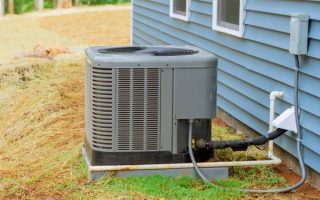Weather plays a significant role in determining the most appropriate time for roof replacement. The condition of your roof is critical to your home’s overall health, as it protects you and your belongings from various weather elements. However, these same weather conditions can affect when and how you replace your roof.
Firstly, let’s consider temperature. Extreme temperatures, either hot or cold, are not ideal for roof replacement. In the hot summer months, roofing materials such as asphalt shingles can become soft and easily damaged during installation. On the other hand, during winter, these materials can become brittle and crack under pressure.
In addition to temperature concerns, winter brings with it snow and ice which can be hazardous for workers on a steep slope of a Roof Monster. It also makes it difficult to properly seal shingles until warmer weather arrives. This could potentially leave your new roof vulnerable to leaks.
Spring tends to be a more favorable season for roofing projects as the temperatures are typically milder. However, springtime often comes with heavy rains that could delay work schedules and even cause damage if the old roof has been removed before an unexpected downpour occurs.
Autumn is generally considered the best time of year for replacing roofs because of milder temperatures and less rainfall than spring. During this period, newly installed shingles have enough time to bond securely to the roof deck before winter’s colder temperatures set in.
However, timing your roofing project around seasons isn’t always possible especially when emergency replacements due to severe storm damage or major leaks need immediate attention regardless of weather conditions.
Moreover, regional climate variations should also be taken into account while planning a roofing project since what works best in one region may not necessarily apply elsewhere due to differing local weather patterns.
Professional roofing contractors are well-equipped with knowledge about different types of roofs and their responses towards varying climatic conditions; they know exactly how each material expands or contracts based on temperature fluctuations thus ensuring correct installation no matter what time of year it is.
In conclusion, while weather conditions play a crucial role in determining the best time for roof replacement, other factors such as the condition of your current roof and local climate variations should also be considered. Always consult with a professional roofing contractor to ensure that your new roof is installed correctly and at the right time to provide maximum protection for your home.
Roof Monster
967 W 2450 N, Layton, UT 84041
801-516-3316




